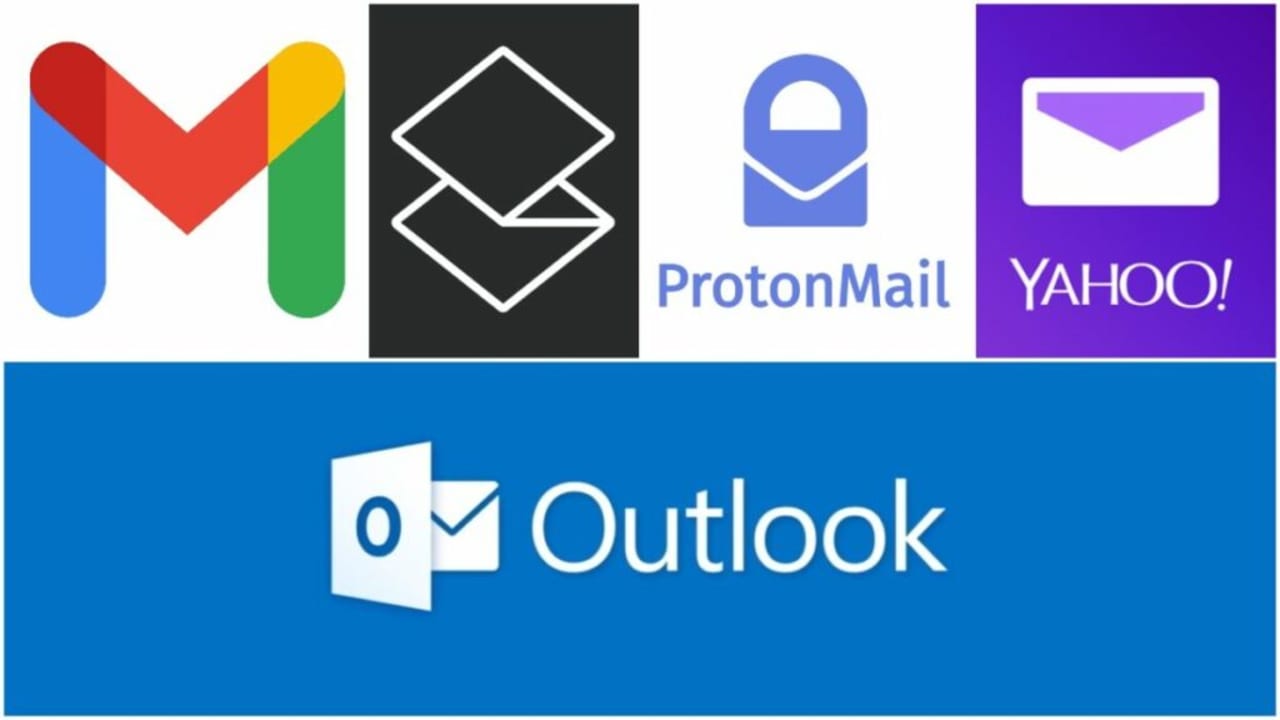Article
Microsoft Outlook mail: refreshed and improved

- March 28, 2022
- Updated: July 2, 2025 at 3:51 AM

Microsoft developed the Microsoft Outlook mail application with a focus on communication and business and productivity. Users can leverage the e-mail client’s robust toolset for any and all mail needs. In addition, if your team works within the Microsoft ecosystem, it offers unrivaled convenience.
Though not as popular as Gmail or Yahoo Mail, Outlook mail remains competitive. Its latest update added even more features to address various issues. However, as with previous versions, Outlook suffers from a muddled interface. Let’s review the program and take a look at how it compares to its rivals.
Classic solutions with modern approaches
The latest iteration of Microsoft Outlook opted for a more straightforward design for added accessibility. The default division for inboxes uses “Focused” and “Other” where “Focused” obviously means important messages. Users can mark messages to send them to different inboxes and the app learns from your behavior. Additionally, the ribbon interface makes finding features easier at the cost of a cluttered UX.
Older features such as using multiple accounts and access tools like Calendar, Task, and Contacts show prominently. Outlook also offers support for groups with access to a shared mailbox. Teams can set up shared events or even send emails using shared addresses.
As with all Microsoft products, Outlook integrates effortlessly with Microsoft 365 apps like Word and Excel. In addition, it works with third-party services like Dropbox and Trello.
The 2021 Outlook update extended the email program’s capabilities with a language translator. Users can translate messages across more than 70 languages complete with a viewable transcript. The feature also enables mail annotation or using a mouse, pen, or finger to draw on a separate canvas. Outlook also now comes with access to the Office Premium Creative collection of media content.

Best features in Outlook mail
Microsoft Outlook has lost some users with the explosion of Gmail and its accompanying ecosystem. However, Microsoft continues to upgrade and revamp Outlook to keep up with modern needs. The 2021 version delivered improved e-mail handling and other features.
High-volume users can now manage their inboxes better. The instant search feature makes finding emails quickly a snap. Beyond that, the app retains all previous services such as conversation view and inbox management tools. While Outlook mail has plenty of fantastic features, here are some of the best ones:
- Scheduling emails – being able to schedule an email is like remembering to run the dishwasher the night before. It relieves stress, saves time, and ensures the desired future outcome.
- Keyboard shortcuts – many users like to chase efficiency in all ways possible. Keyboard shortcuts address that goal.
- Sharing calendars – so many teams use Outlook, so sharing calendars is a no-brainer. Microsoft made this feature intuitive and useful.
- Rules – this feature allows users to organize and prioritize emails as needed. For instance, you can forward things like newsletters to a “read later” folder.
- Task Management – email programs can get cluttered quickly causing you to miss deadlines or important messages. Outlook addresses this with Tasks that you can assign yourself or to teammates.
- Search – no email service is complete without a sturdy search function.
- Quick Parts – another efficient feature, this saves often repeated parts of an email for future use as contextual suggestions.

Microsoft Outlook Competitors
Though many people might only know of the top three most popular email service providers, there are dozens and dozens out there. However, not all providers’ features are as robust and in-depth features as Outlook mail.
Let’s take a look at how some of the top email platforms compare to Microsoft’s product.
Gmail vs. Microsoft Outlook
Google has an entire ecosystem built around its search engine and email service, Gmail. Certain features like the sleek and intuitive interface attract many people to it over Outlook. It is also free to use in tandem with its suite of programs similar to Microsoft Office like Google Docs (Word) and Google Sheets (Excel).
However, the Google ecosystem does not always work best for certain companies or teams. It requires a Gmail account, lacks some of Outlook’s more useful features like “Rules”, and further lacks the history of service that Microsoft lends to Outlook mail.
Superhuman vs. Microsoft Outlook
Superhuman email service started off very VIP as an invite-only service. Since expanding to a beta program with Outlook integration, the company’s creator described it as “Gmail if it had been built today” vs. a decade ago.
Superhuman features incorporated natural language processing, and focuses on “inbox zero” or having no pending emails. The service’s chief goal is to enhance efficiency and speed but comes in at a $30 USD per month cost.
Many tools outside proprietary ecosystems like Google and Microsoft integrate with Superhuman. Proponents of the program laud its email management while detractors still deem Outlook the best for enterprise-level communication. Superhuman could add features on an increasing scale soon.
Yahoo vs. Microsoft Outlook
Yahoo, another email service platform known for its powerful search engine, has revamped its once dated interface. It also sought to address redundancy within the email ecosystem. Features like “Compose” vs Outlook’s “New” streamline the process by which people send emails.
It also offers a more robust spam filter than Outlook which, in today’s world of robocalls and phishing scams, can be a lifesaver.
ProtonMail vs. Microsoft Outlook
Privacy has become a primary concern for many people as the Internet of Things (IoT) invades everything from smartphones to toasters. ProtonMail service offers end-to-end encryption, is open source, and doesn’t require personal information to use.
In comparison to Outlook, however, it lacks many useful features such as conditional formatting, task and calendar integration, and “Smart lookup”. If you are most concerned about privacy, that is the only real area where ProtonMail prevails over Outlook mail.

Final verdict on Microsoft Outlook mail
Microsoft Outlook is a solid choice if you want a reliable email client. What the app lacks in popularity, it makes up for with loads of features and useful integration.
Moreover, recent updates brought new functions to augment handling large volumes of emails. Outlook mail is especially helpful if your team or company works within the Microsoft ecosystem.
Download Microsoft Outlook today to get your digital life in tip-top shape.
PROS
- Useful search function
- Multi-account support
- Microsoft 365 integration
- Delivers efficient calendar, mail, and task management
CONS
- Cluttered interface
- No radical or novel improvements across updates
Latest from Juliet Childers
You may also like
 News
NewsA study reveals that almost no one sees ads on the internet
Read more
 News
NewsA hacker threw his Macbook into the river trying to avoid being caught. Of course, they caught him
Read more
- News
20% of purchases during Cyber Week were made thanks to AI
Read more
 News
NewsBefore he died, Christopher Lee watched the best of his movies in the company of the nurses
Read more
 News
NewsGrand Theft Auto will not be set in the future again after the failure of 'GTA 2'
Read more
 News
News'Expedition 33' has already been plagiarized. In China, of course
Read more